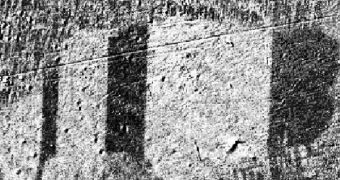Atomic physicists were recently puzzled to discover a type of gas that could have the ability to start a new type of physics all by itself. The chemical exhibits some very peculiar properties, when its initial conditions are changed. For instance, when its temperature is dropped to the ultra-cold range, it begins to be magnetized, very much in the same way metals (including nickel and iron) do when placed near a magnet, ScienceNow reports.
The scientists say that they could potentially use their newly discovered gas to rearrange the messy atomic structure within solid materials. However, not all the scientific community shares their enthusiasm. Some say that the team has not seen what it claims, and that the results of its investigation are still inconclusive, Science Now adds. Behind the research were scientists at the Massachusetts Institute of Technology (MIT), led by experts Gyu-Boong Jo and Wolfgang Ketterle.
They analyzed a cloud of lithium-6 atoms, because of the spin similarities that these specific structures had with electrons. Though no one knows for sure, it is widely believed that magnetism inside a solid, for instance, is given by the way electrons arrange themselves in their orbit around a nucleus. This theory is based on the Pauli exclusion principle, a quantum-mechanics idea that states no two electrons can be in exactly the same quantum state at the same time.
In their experiments, the scientists trapped lithium-6 atoms spinning in different directions in a beam of laser light, and then cooled the tiny structures to within a millionth of a degree above absolute zero. At these otherwise unachievable temperatures, the team was then able to use magnetic fields to make the atoms repel each other with various degrees of intensity. Jo and Ketterle also noticed that the atoms became arranged, and inferred that the gas was becoming magnetized. However, they were not able to spot individual domains in the substance.
This was used by critics to argue that the gas was not a ferroelectric material. “The concept of ferroelectricity refers to the spontaneous electric polarization of a certain material that can be readily reversed using an external electrical field. Nature is telling us that the system is not ferromagnetic,” Ohio State University theorist Tin-Lun “Jason” Ho says. He believes that the fact that the MIT team did not notice the domains is proof that they do not exist.

 14 DAY TRIAL //
14 DAY TRIAL //